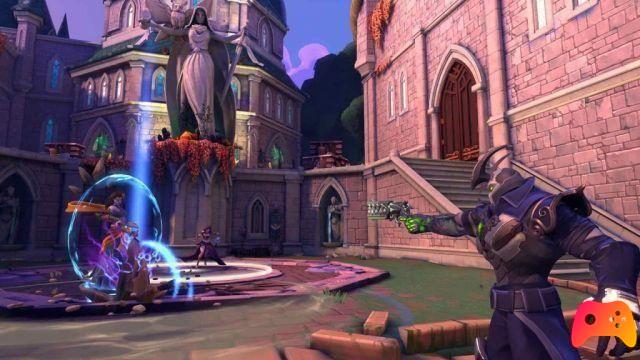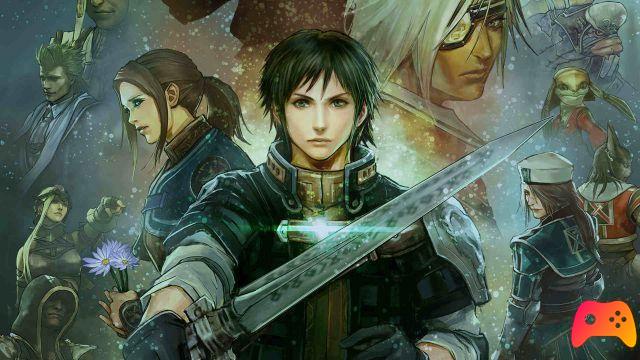
Review for The Last Remnant Remastered. Game for Nintendo Switch and PlayStation 4, the video game was released on 06/12/2018
That of The Last Remnant is the story of a project that wanted to move away from the comfortable emulation of the standards of Final Fantasy to try to shake a little the canons of the JRPG, but which remained entangled in the complexity of its own vision.
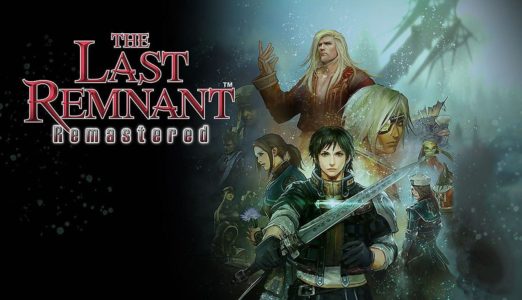
The period of its release for Xbox 360, now more than ten years ago, was indeed quite peculiar. Not only the exclusives for the Microsoft console had questioned for the first time the choice of the ideal console for lovers of Japanese RPGs, but with the change of generation the genre began to enrich itself with titles that in some way we could define experimental for mechanical or artistic style. While the arrival of Final Fantasy XIII was still awaited, peculiar works such as Blue Dragon, Eternal Sonata, Folklore, Resonance of Fate and Lost Odyssey appeared; titles that rarely managed to achieve excellence, but that in their own small way attempted something new.
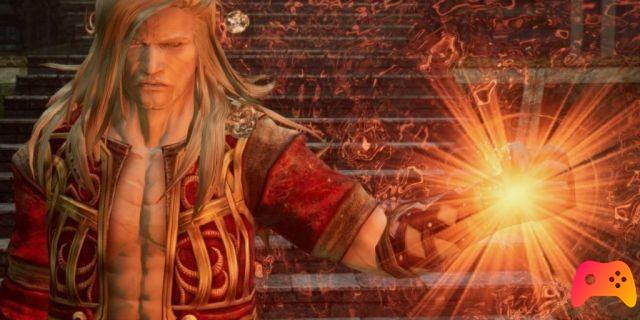
Developed by a team comprising several authors of the SaGa series, The Last Remnant was the child of that period of such turmoil. Despite being a new IP, Square Enix put a lot of emphasis on it as it was its first title to come out for next-generation consoles. the first to use Unreal Engine 3, and the first to be released simultaneously worldwide; it was no coincidence that it was conceived to have an appeal compatible with both Western and Eastern tastes (whatever this meant in the mind of Square Enix at the time). Unfortunately, both the critical reception and the sales were not exciting, and the software house let its meteor pass in silence.
This until last year, when Square Enix decided to bring us The Last Remnant Remastered for PlayStation 4 (which we have already told you about), which now also lands on Nintendo Switch. An atypical and not easily digestible work, but that could attract the attention of the most savvy JRPG fans who want to try a product that, for better or for worse, offers an unusual experience.
On the exploration profile we are faced with something very similar to what we saw in Final Fantasy XII, but somehow more essential. Cities are divided into zones and you can instantly move between them via a two-dimensional map. The areas that can be explored between one city and another are much less numerous, and in the vicinity of the inhabited areas it is possible to unlock dungeons by undertaking the secondary quests. Choosing to navigate through the map certainly saves time, but it doesn't give the same sense of immersion in the world.
The aspect on which the team led by Hiroshi Takai has focused more is certainly the battle system, which by concept can be considered truly one of a kind. In combat instead of using a party of three or four characters, the player can build and control an entire militia. The group is not made up of single characters, but of Unions comprising up to five units and acting collectively following general commands of attack, support, heal etc. Each unit in the Union will carry out commands according to the skills they have developed.
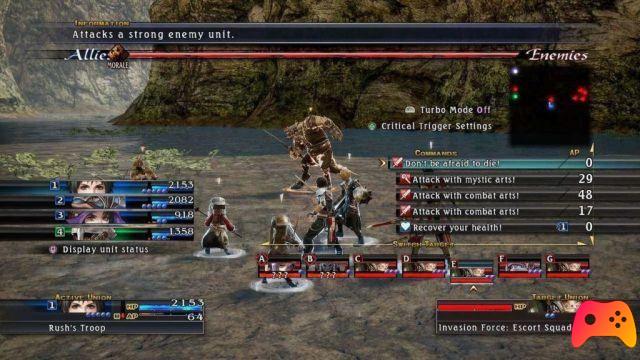
In battle it is also necessary to keep in mind the disposition of the units on the field compared to the enemy ones. If a unit is engaged in combat by multiple opponents they will attack it from the flanks and from the back, dealing extra damage. This obviously also applies to opponents, so focusing on one unit at a time will not necessarily be the most effective choice, since it will allow enemies to do the same with us, and indeed depending on the situation also intercept us and mess up our tactics. In some battles, moreover, you will have to get your units closer to enemies scattered around larger arenas than usual, or choose to attack from a distance with magical abilities. The game's combat system involves numerous elements and layers of complexity that affect the effectiveness of the group's actions, and especially in the case of boss battles, the player cannot afford to play sufficiently.
In addition to the main characters that will automatically join during the adventure, it is possible to get new members to build our Units by recruiting mercenaries in the cities. The most powerful characters, however, must be unlocked by completing certain secondary quests that will engage us in dungeons and not indifferent clashes.
Although The Last Remnant Remastered battle system is decidedly innovative and makes the game a sort of synthesis between JRPG and strategic, there are several problems that afflict him. As already mentioned, there are many elements at stake during the battles and even just understanding and learning how to manage them is a difficult task in itself, especially since they are not properly explained by the game itself, and everything turns out unnecessarily complicated.
Instead of experience points and related Level Up we have a Battle Rank system that indicates a generic degree of power of the Units. The parameters of the characters go up according to their actions in battle, so for example physically attacking will increase the Strength and taking a lot of damage will increase the maximum HP; a system very similar to what we saw in the past in Final Fantasy II, but which was abandoned for a good reason: upgrading your party requires a lot of farming.
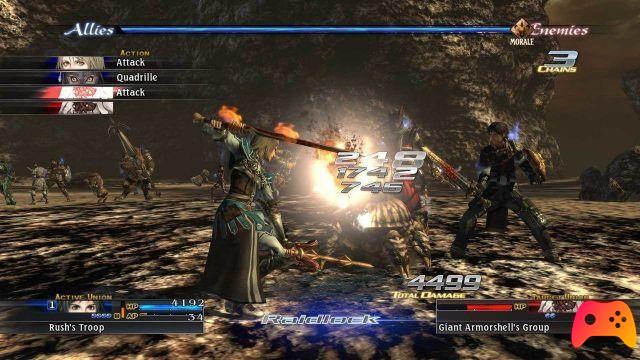
The Unions system of Last Remnant Remastered, however original, gives the player the constant feeling of not having full control over their team, and makes it really difficult to predict the course of the battles. It is an elusive system and very difficult to master without a great deal of effort, but it can give great satisfaction to the most committed and patient players who manage to grasp its complex functionality at the base.
Also in this Remastered incarnation of The Last Remnant all the DLC released for Xbox 360 (however free), a mode New Game + and above all the function Turbo to accelerate the speed of battles; Although it is a holy hand for farming sessions, the increase in speed makes it harder to react to QTE reactions that occur occasionally during clashes, so during boss fights it is not recommended to activate it.
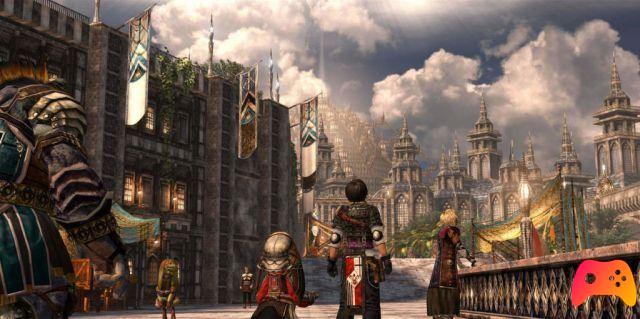
The transposition for Nintendo Switch also enjoys the same graphical improvements made on PlayStation 4. The technical upgrade of The Last Remnant Remastered has smoothed out many of the flaws that plagued the original version such as the fluidity of frame rates and loading times. The update to Unreal Engine 4 is also visible in the texture improvement, but it goes without saying that the remaster operation only made better what was already there; The Last Remnant was certainly not a title that at the time exploited the potential of the new generation of consoles, and we notice it above all from the desolation and lack of details of some environments, especially the dungeons.
Thankfully even without cutting-edge graphics, the game exhibits a particular and interesting artistic direction which in different aspects recalls Final Fantasy XII for the style of the settings and the color palette not cloyingly saturated and bright, which we often find in Japanese fantasy.
Even the soundtrack of Tsuyoshi Sekito and Yasuhiro Yamanaka is pleasant and sufficiently epic thanks to the good use of strings and percussion, but it is particularly effective in the accompaniment songs of the fights in which instruments such as electric guitar and drums are added to foment the atmosphere. . The game also exhibits a well-made dubbing for the time (postponing some strange pauses), and players less versed with the English language will certainly appreciate the subtitles.
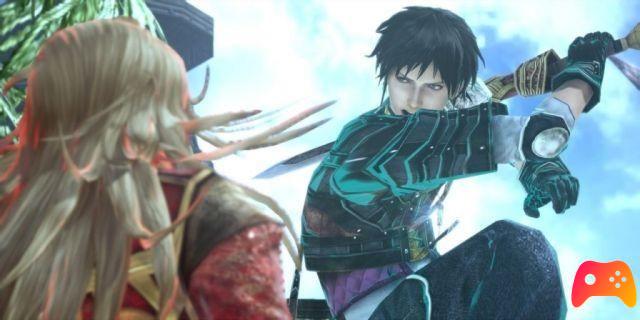
As a whole it cannot be said that The Last Remnant has aged very well. However, it still remains an avant-garde title that also includes various interesting elements among its edges. While it stumbles upon its own ideas, is not perfectly balanced and cannot be called a fictional masterpiece, The Last Remnant Remastered's peculiar but complex formula could meet the appreciation of more hardcore JRPG players. The semi-portable iteration for Switch of the Remastered is then particularly suitable to face the tens of hours that the game requires for the grinding sessions and to complete the dozens of sub quests present. It's definitely not a title for everyone, but if you're in the mood to try something new and feel patient enough and passionate about the genre you might find it a stimulating product.
► The Last Remnant Remastered is a JRPG-type game developed and published by Square Enix for Nintendo Switch and PlayStation 4, the video game was released on 06/12/2018






